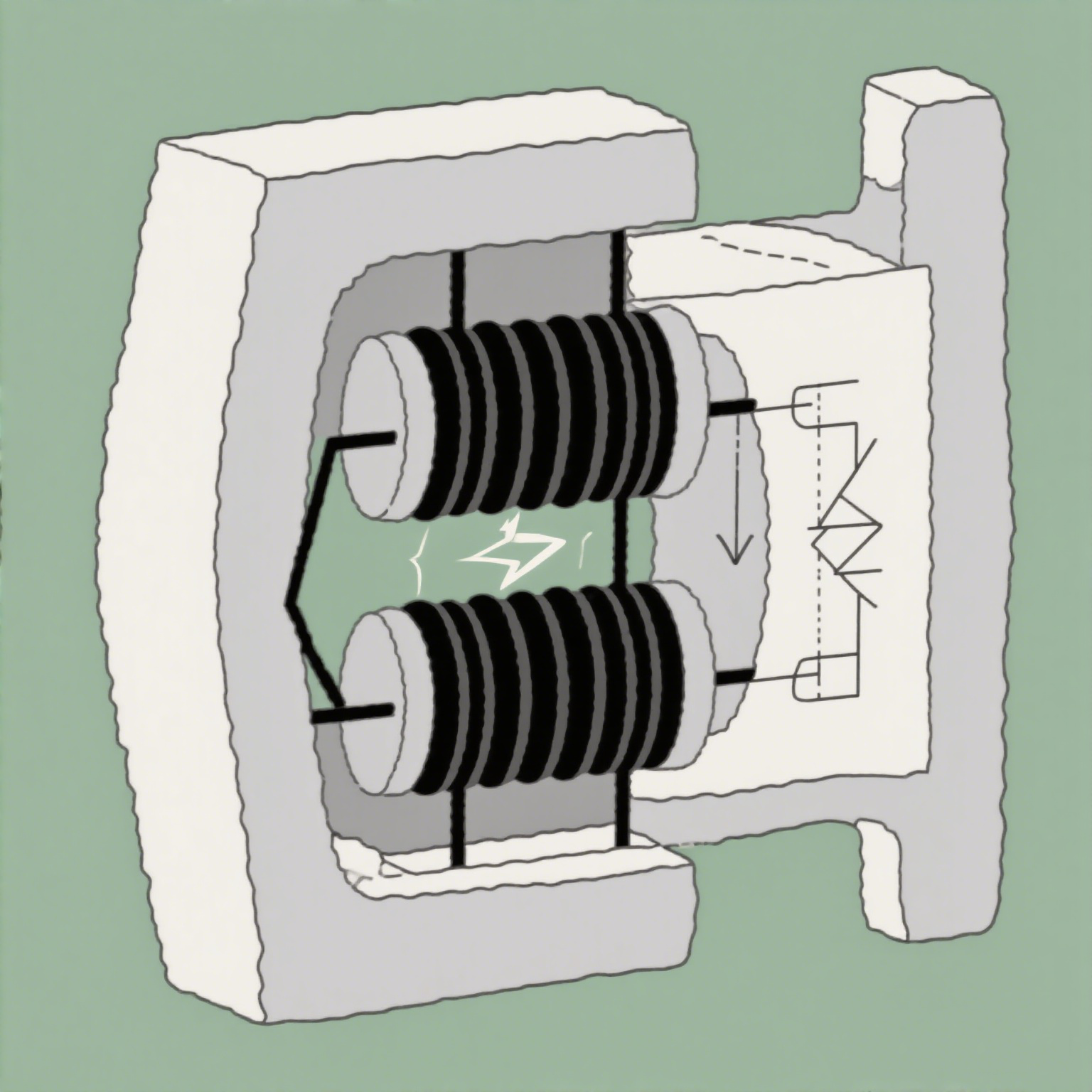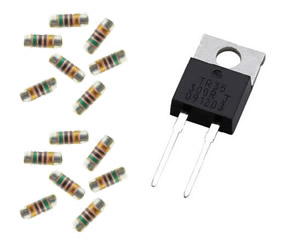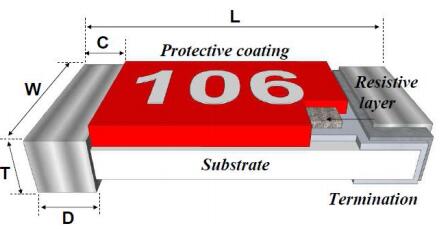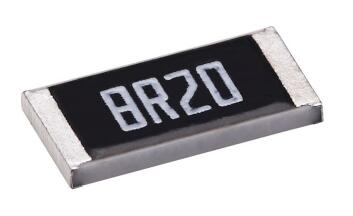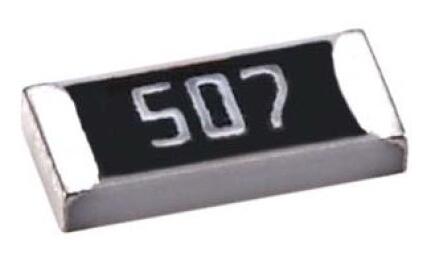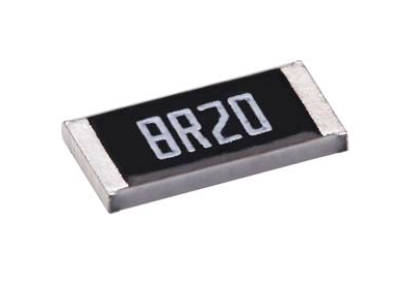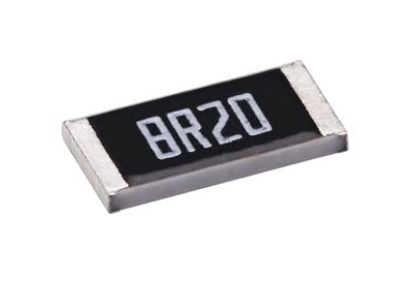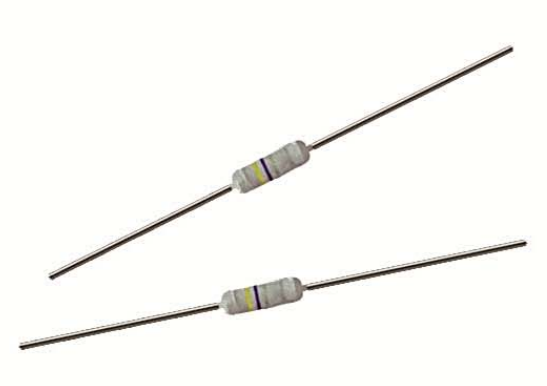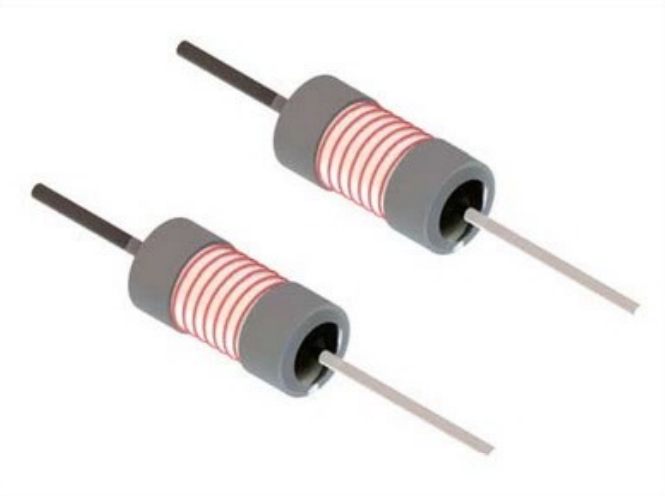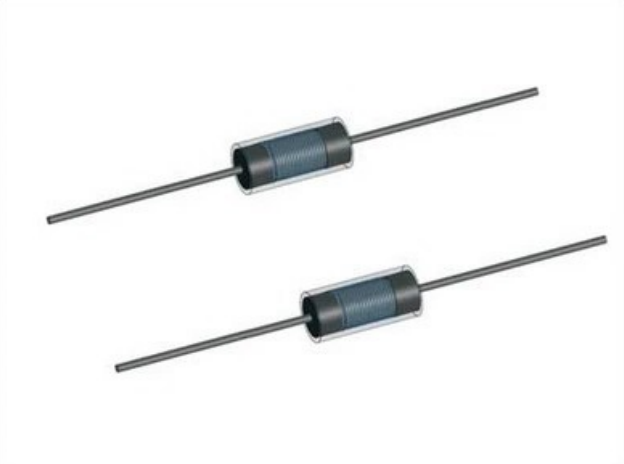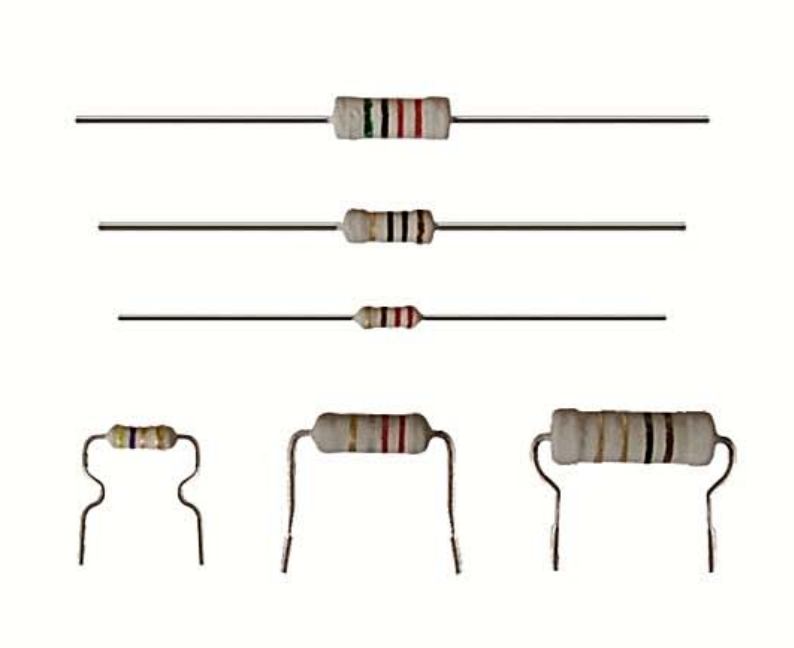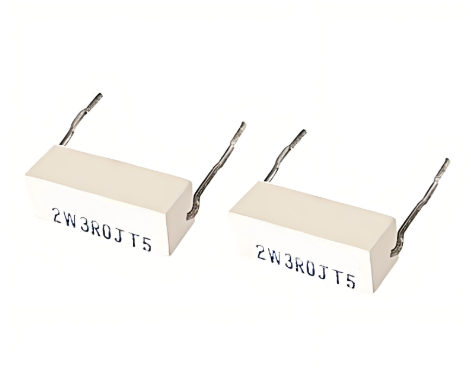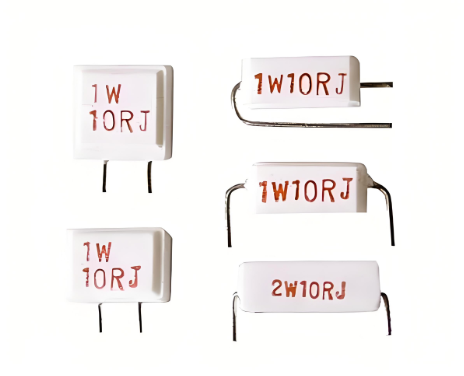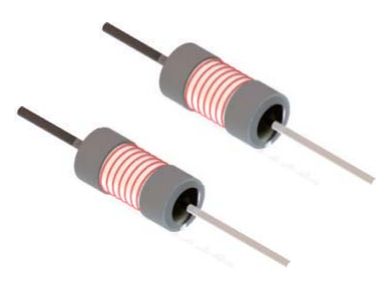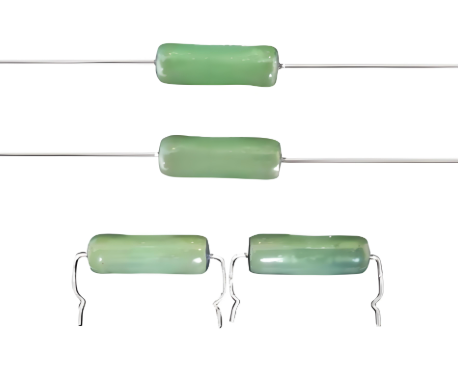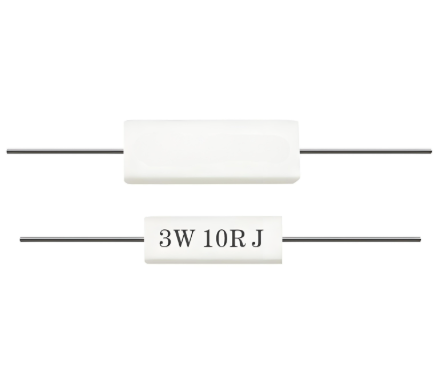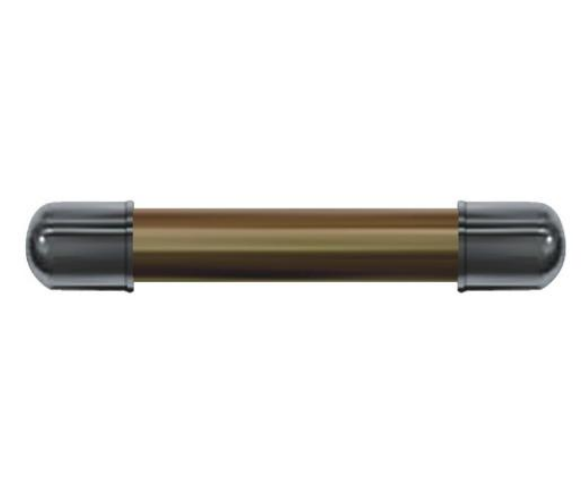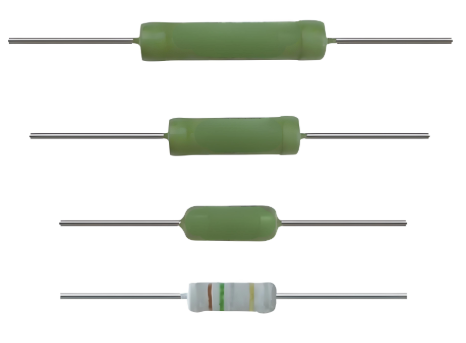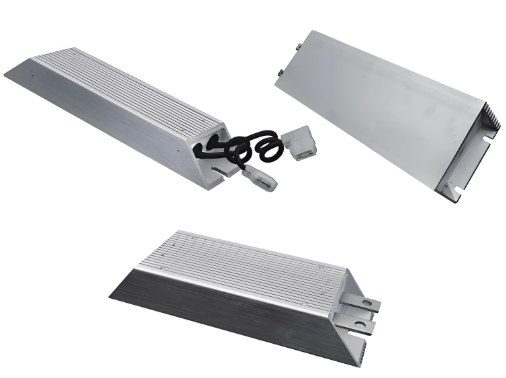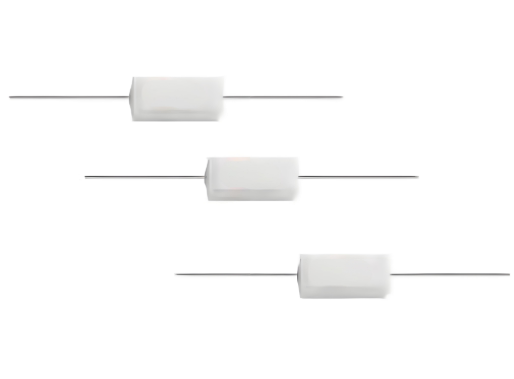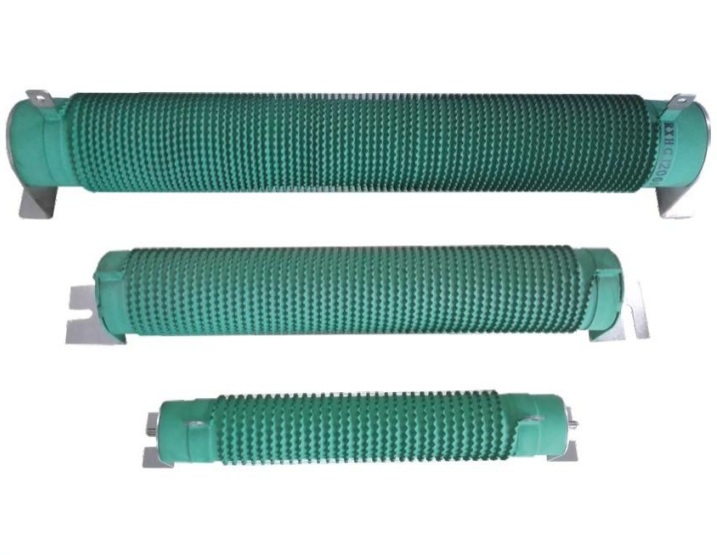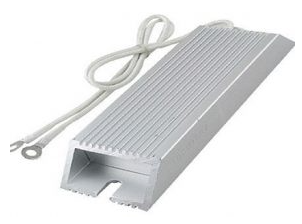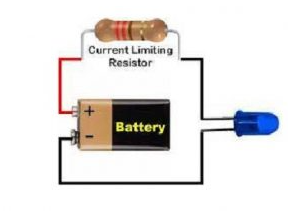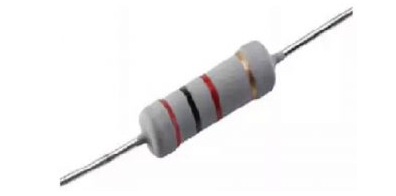-
High Voltage Resistors: Working Principle, Applications, Safety Tips & How to Choose the Right One

<!-- Introduction -->IntroductionHigh voltage resistors are critical components in circuits requiring precise voltage control under extreme electrical stress. Understanding their working principle, ap...
-
The Working Principle of Power Shunt Resistors and Their Low Resistance Characteristics
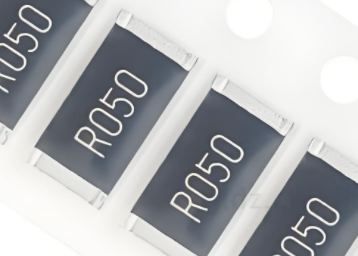
<!-- 引言部分 -->IntroductionIn the field of electronics and electrical engineering, accurately measuring electrical current is crucial for various applications such as power management, battery m...
-
How to Choose the Right High-Voltage Safety Resistor for Your Circuit
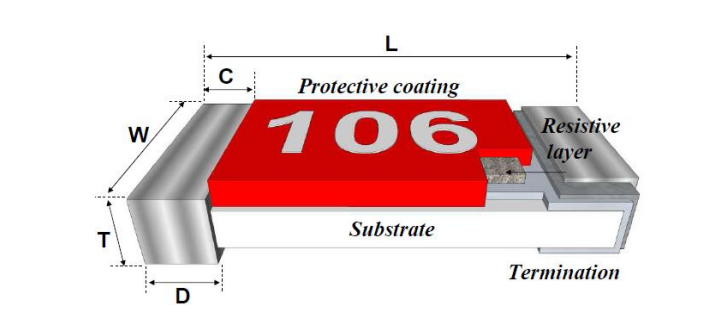
<!-- Introduction -->IntroductionHigh-voltage safety resistors are critical components in electrical circuits, ensuring protection against overvoltage, surges, and potential failures. Choosing the rig...
-
High Voltage vs Standard Resistors: Voltage Ratings, Materials & Safety Compared
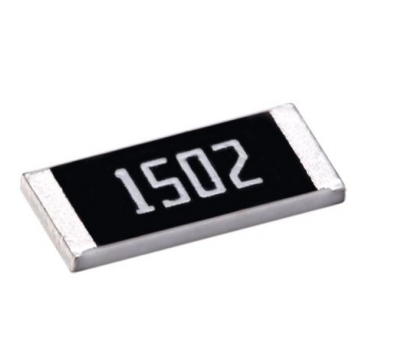
IntroductionWhen designing electronic circuits, engineers often face the critical choice between high voltage resistors and standard resistors. While both components regulate current flow, their diffe...
-
50kV High Voltage Resistors: Technical Specs, Industrial Use Cases & How to Choose the Right One for Power Grids, Test Labs & Renewable Systems

Technical Specifications of 50kV High Voltage Resistors50kV resistors must withstand high electrical stress while maintaining precision. Below are critical parameters to evaluate for reliability in de...
-
Optimizing Electric Traction Systems with High-Performance Carbon Disc Resistors: Applications, Benefits & Selection Tips
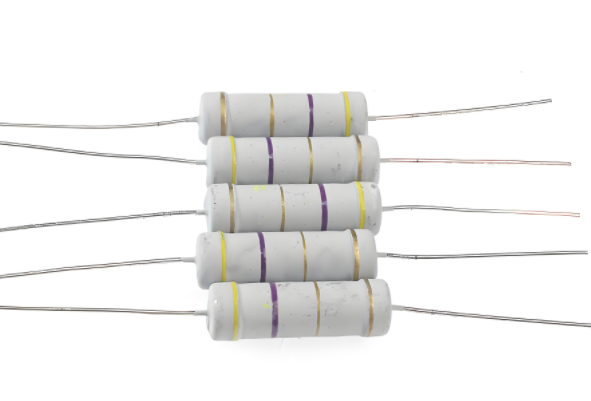
Optimizing Electric Traction Systems with High-Performance Carbon Disc Resistors: Applications, Benefits & Selection Tips<nav></nav>IntroductionElectric traction systems are at the heart of modern...
-
Ensuring Charger Safety: The Critical Role of Safety Resistors in Modern Power Systems
![]()
IntroductionIn today's fast-paced world, the safety and reliability of electronic devices are paramount. Chargers, as essential components of modern power systems, play a crucial role in ensuring ...
-
High Frequency Resistor Selection Guide for RF, Microwave, and 5G Circuits – Design Tips, Datasheet Insights & Buying Advice
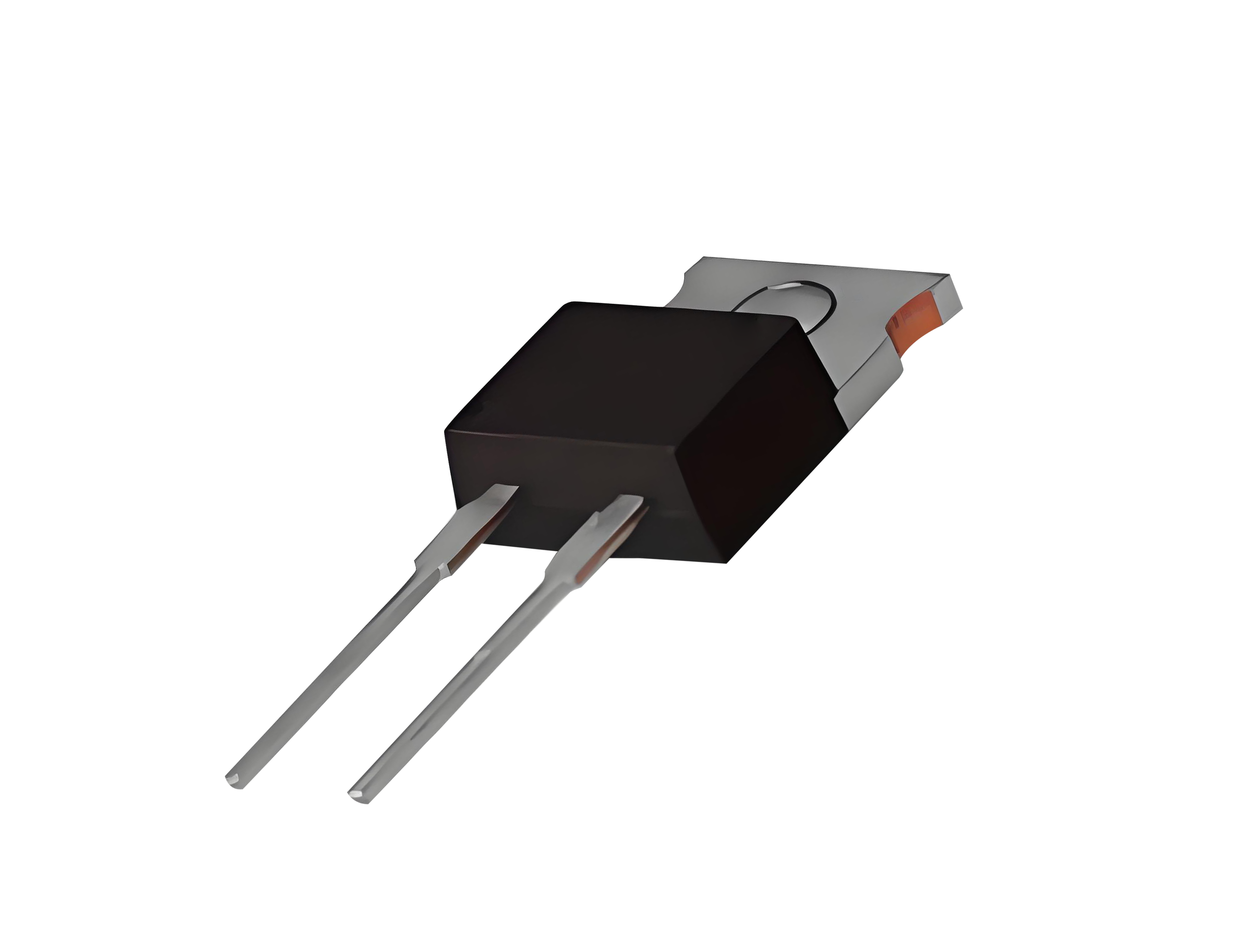
Title: High Frequency Resistor Selection Guide for RF, Microwave, and 5G Circuits – Design Tips, Datasheet Insights & Buying AdviceIntroductionThis High Frequency Resistor Selection Guide for RF...
-
High Current Shunt Resistors for Accurate Current Measurement in EVs, Batteries, and Power Supplies – Selection Guide & Buying Tips
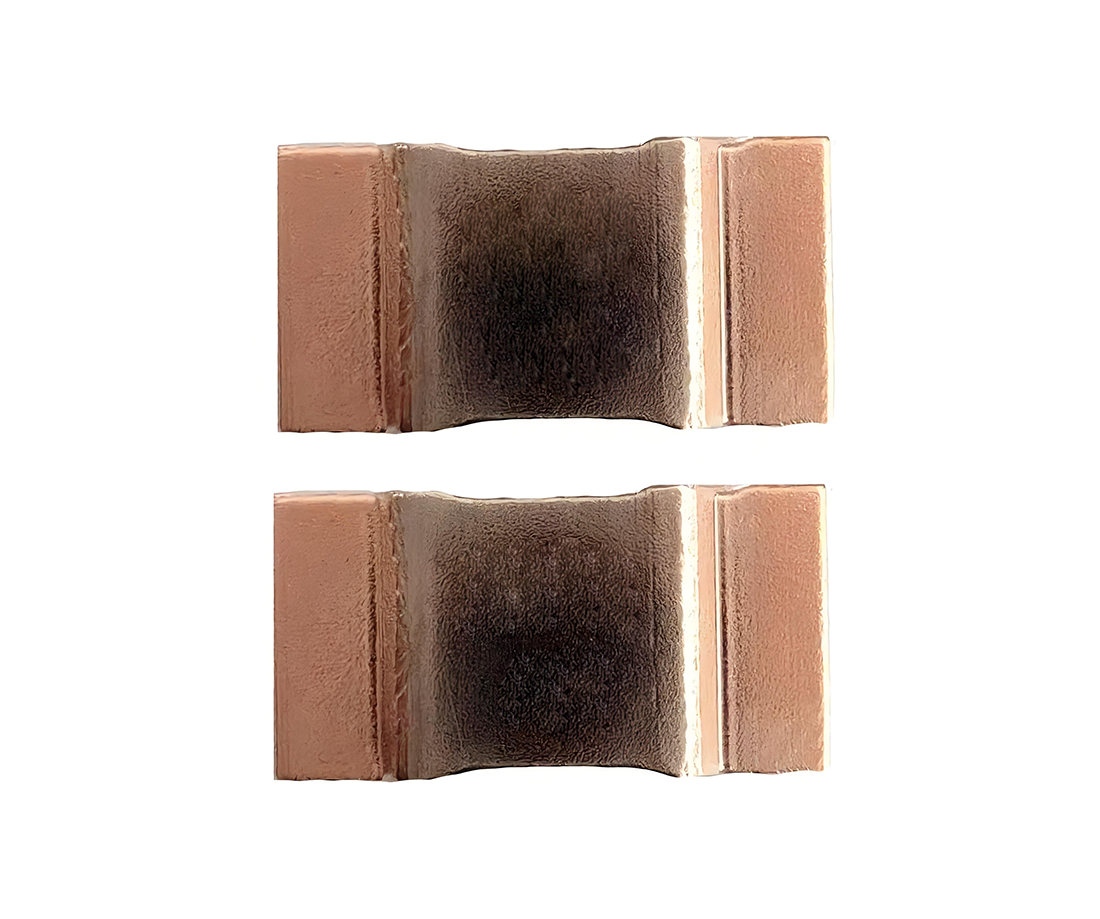
Title: High Current Shunt Resistors for Accurate Current Measurement in EVs, Batteries, and Power Supplies – Selection Guide & Buying TipsIntroductionHigh current shunt resistors are the unsung ...
-
10kV High Voltage Resistors: Specifications, Applications & Top Suppliers for Industrial, Power Transmission & Test Equipment
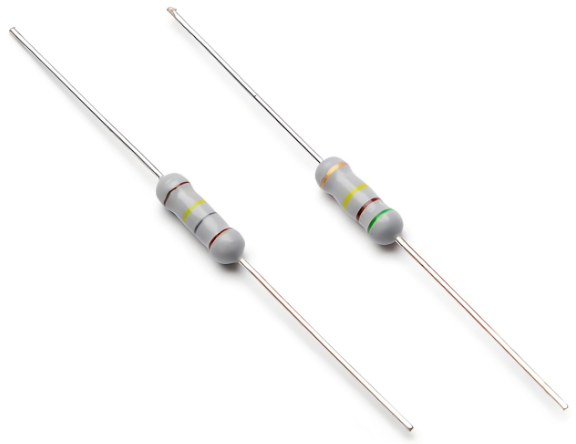
Technical Specifications of 10kV High Voltage ResistorsTo ensure reliability in high-voltage environments, 10kV resistors must meet strict performance criteria. Below are critical parameters to evalua...
-
100kV High Voltage Resistors: Technical Specs, Harsh Environment Applications & Expert Selection Guide for Power Grids, Particle Accelerators & Industrial Systems
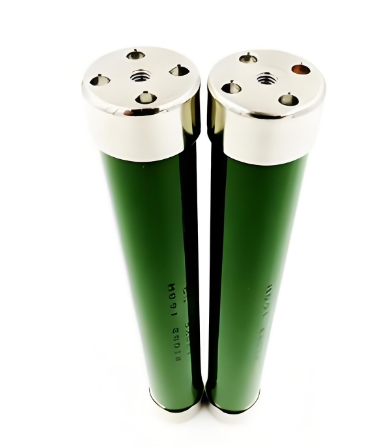
Technical Specifications of 100kV High Voltage ResistorsTo perform reliably in 100kV systems, resistors must meet rigorous performance criteria. Below are critical parameters and their impact on funct...
-
Carbon Disc vs Carbon Composition Resistors: Noise, Power Handling & Which to Choose for Audio/Power Circuits
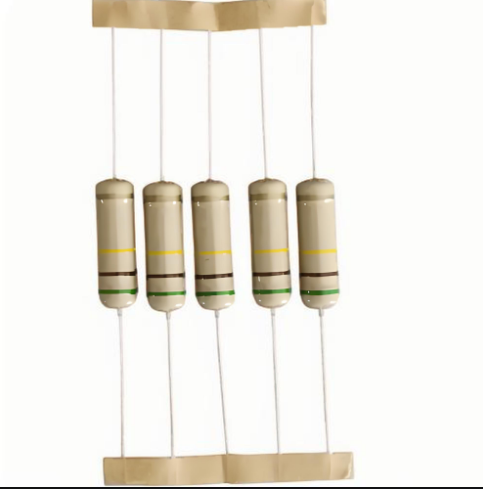
Carbon disc and carbon composition resistors are both legacy components valued for their low cost and organic material composition, but their differences in noise, power handling, and stability make t...
-
What Does a Safety Resistor Do?
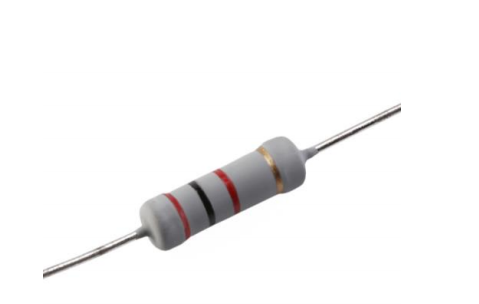
What Does a Safety Resistor Do Key Functions and Protection MechanismsIntroduction: Safety resistors play a critical role in electronic circuit protection, but many engineers misunderstand their full ...
-
High Voltage Resistor Stability: Ensuring Long - Term Performance in High - Voltage Applications

High Voltage Resistor Stability: Ensuring Long - Term Performance in High - Voltage ApplicationsIn high - voltage applications, the stability of resistors is crucial for the reliable operation of elec...
-
How to Choose the Right Milliohm Resistor for Lithium-Ion Battery Monitoring
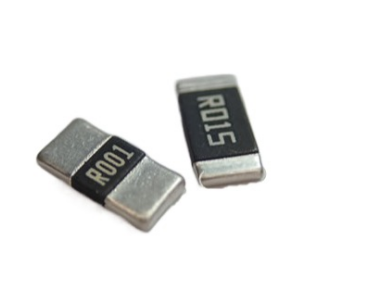
How to Choose the Right Milliohm Resistor for Lithium-Ion Battery MonitoringWhy Milliohm Resistors Matter in Li-Ion BMSIn lithium-ion battery management systems (BMS), milliohm resistors (typically 1m...
-
How to Choose a Milliohm Resistor for High-Accuracy Current Sensing
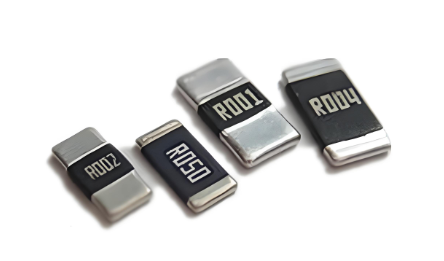
How to Choose a Milliohm Resistor for High-Accuracy Current SensingIn precision current sensing applications - from battery management systems (BMS) to motor control - milliohm shunt resistors play a ...
-
How to Choose Alloy Resistors for High - Reliability Electronic Systems

IntroductionIn high-reliability electronic systems, the selection of components is critical to ensuring consistent performance and longevity. Alloy resistors, with their superior characteristics, are ...
-
The Critical Role of Lead-Free Resistor Tolerance in Modern Electronics and How to Choose the Right One

The Critical Role of Lead-Free Resistor Tolerance in Modern Electronics and How to Choose the Right OneResistors, often considered the workhorses of electronic circuits, are tasked with the critical j...
-
How Does a Surge Resistor Work? Voltage Clamping, Energy Absorption & Real-World Protection in Electronics
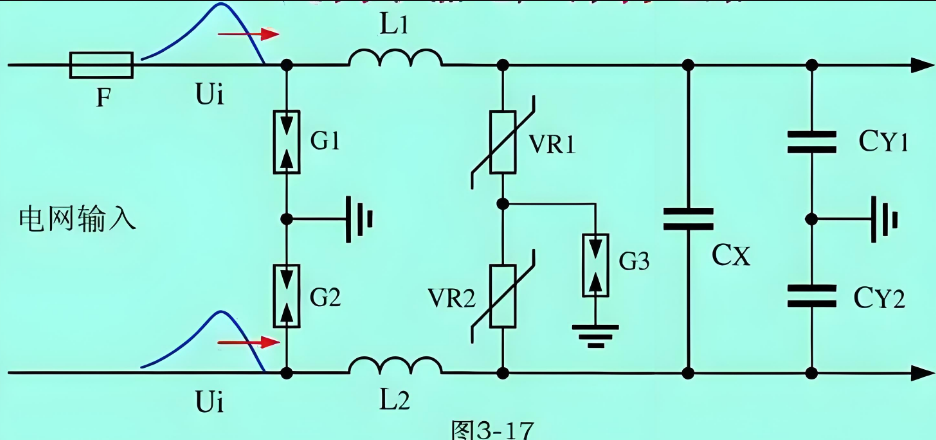
1. How Surge Resistors Work: A Quick OverviewA surge resistor (often a varistor, or voltage-dependent resistor) protects circuits by diverting excess current during voltage spikes. Its core mechanism ...
-
High Voltage Resistors for Power Transmission: Specifications, Reliability Standards, and Supplier Picks for Substations & Long-Distance Lines
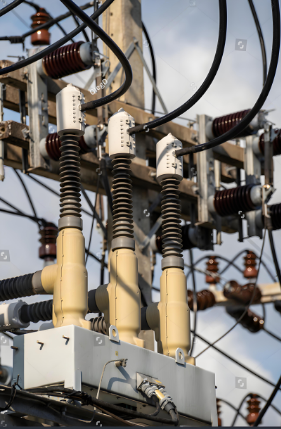
Technical Specifications of High Voltage Resistors for Power TransmissionTo perform reliably in power transmission systems, resistors must meet strict performance criteria. Below are critical paramete...
-
High Voltage vs Standard Resistors: Voltage Ratings, Materials & Safety Compared

IntroductionWhen designing electronic circuits, engineers often face the critical choice between high voltage resistors and standard resistors. While both components regulate current flow, their diffe...
-
Maximizing High - Voltage Circuit Performance with High - Voltage Resistors
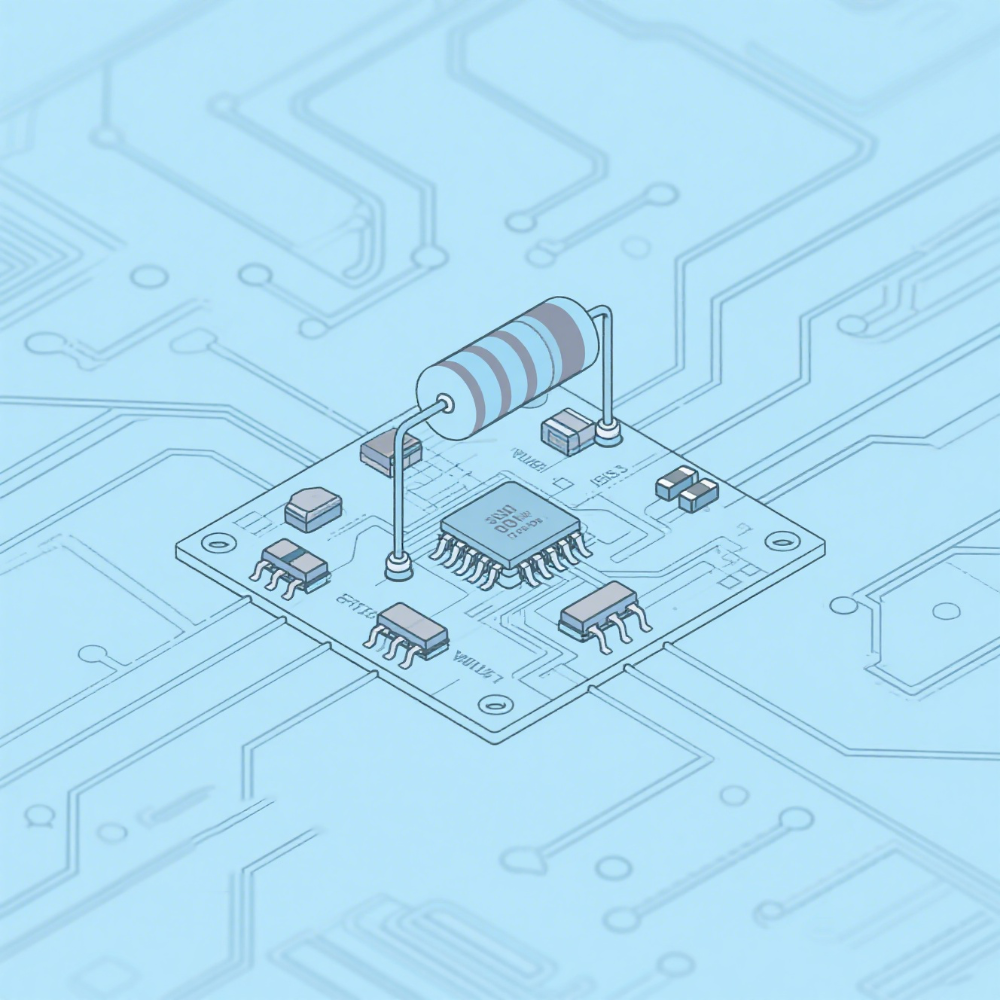
IntroductionHigh - voltage circuits are crucial in various applications such as power grids, industrial machinery, and advanced electronics. However, these circuits often face challenges like voltage ...
-
Low Inductance High Voltage Resistor Design: Enhancing Precision and Performance
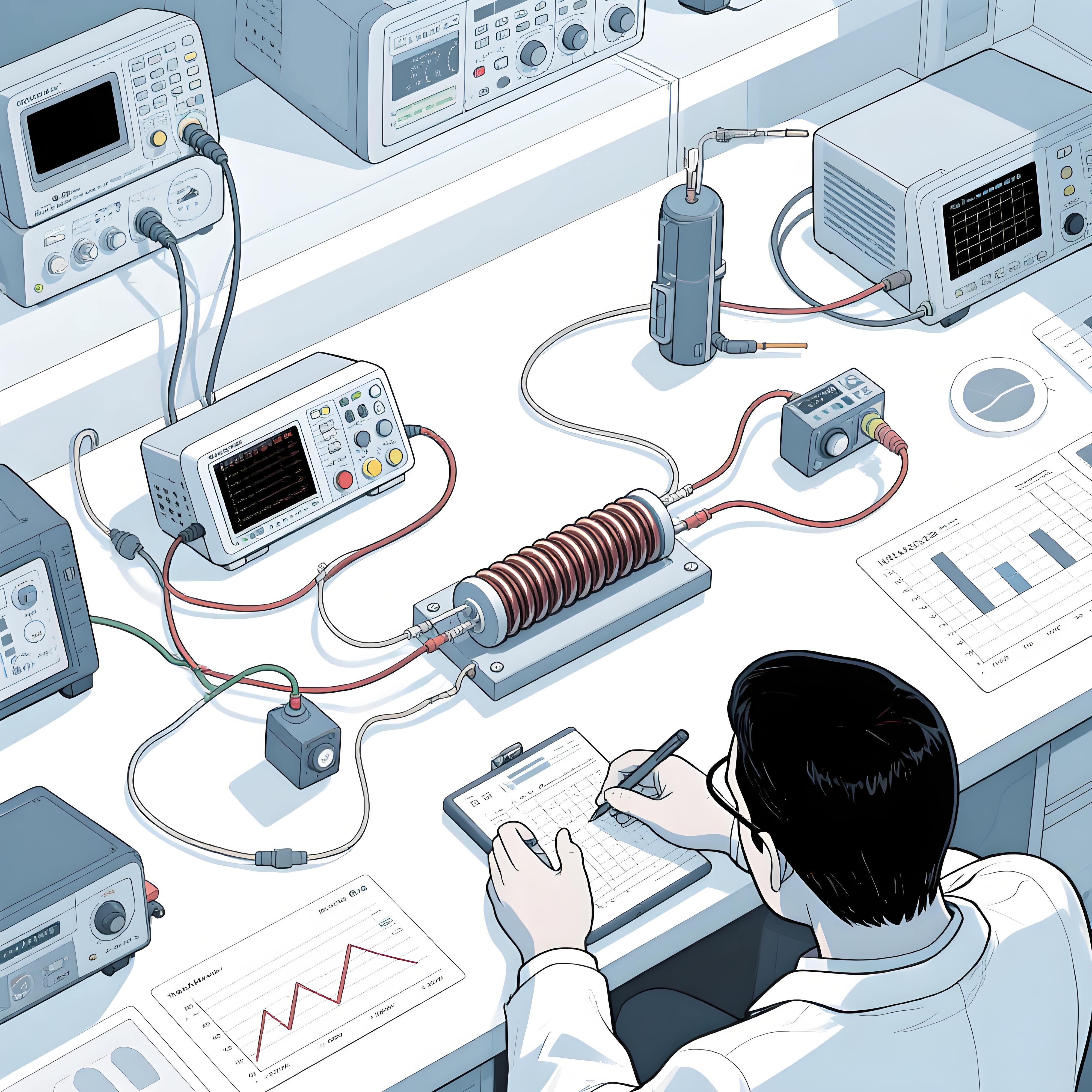
Low Inductance High Voltage Resistor Design: Enhancing Precision and PerformanceIn high - frequency and high - voltage electronic applications, the design of resistors with low inductance is crucial f...
-
High Voltage Resistors in Consumer Electronics: Applications and Benefits

High Voltage Resistors in Consumer Electronics: Applications and BenefitsHigh voltage resistors play a crucial role in various consumer electronics applications, ensuring the safe and efficient operat...
-
High Precision High Voltage Resistors: Reliable Performance for Industrial Applications

High Precision High Voltage Resistors: Reliable Performance for Industrial ApplicationsIn industrial applications, high precision high voltage resistors play a crucial role in ensuring the accuracy an...
-
High Voltage Resistor Stability: Ensuring Long - Term Performance in High - Voltage Applications

High Voltage Resistor Stability: Ensuring Long - Term Performance in High - Voltage ApplicationsIn high - voltage applications, the stability of resistors is crucial for the reliable operation of elec...
-
100kV High Voltage Resistors: Technical Specs, Harsh Environment Applications & Expert Selection Guide for Power Grids, Particle Accelerators & Industrial Systems

Technical Specifications of 100kV High Voltage ResistorsTo perform reliably in 100kV systems, resistors must meet rigorous performance criteria. Below are critical parameters and their impact on funct...
-
High Voltage Resistors for Power Transmission: Specifications, Reliability Standards, and Supplier Picks for Substations & Long-Distance Lines

Technical Specifications of High Voltage Resistors for Power TransmissionTo perform reliably in power transmission systems, resistors must meet strict performance criteria. Below are critical paramete...
-
50kV High Voltage Resistors: Technical Specs, Industrial Use Cases & How to Choose the Right One for Power Grids, Test Labs & Renewable Systems

Technical Specifications of 50kV High Voltage Resistors50kV resistors must withstand high electrical stress while maintaining precision. Below are critical parameters to evaluate for reliability in de...
-
10kV High Voltage Resistors: Specifications, Applications & Top Suppliers for Industrial, Power Transmission & Test Equipment

Technical Specifications of 10kV High Voltage ResistorsTo ensure reliability in high-voltage environments, 10kV resistors must meet strict performance criteria. Below are critical parameters to evalua...
-
High Voltage Carbon Composition Resistors: The Ideal Choice for Power Electronics Circuits

High Voltage Carbon Composition Resistors: The Ideal Choice for Power Electronics CircuitsIntroductionIn the rapidly evolving field of power electronics, selecting the right components is crucial for ...
-
Exploring the Diverse Applications of High Voltage Resistors in Power Generation: Key Roles and Advantages
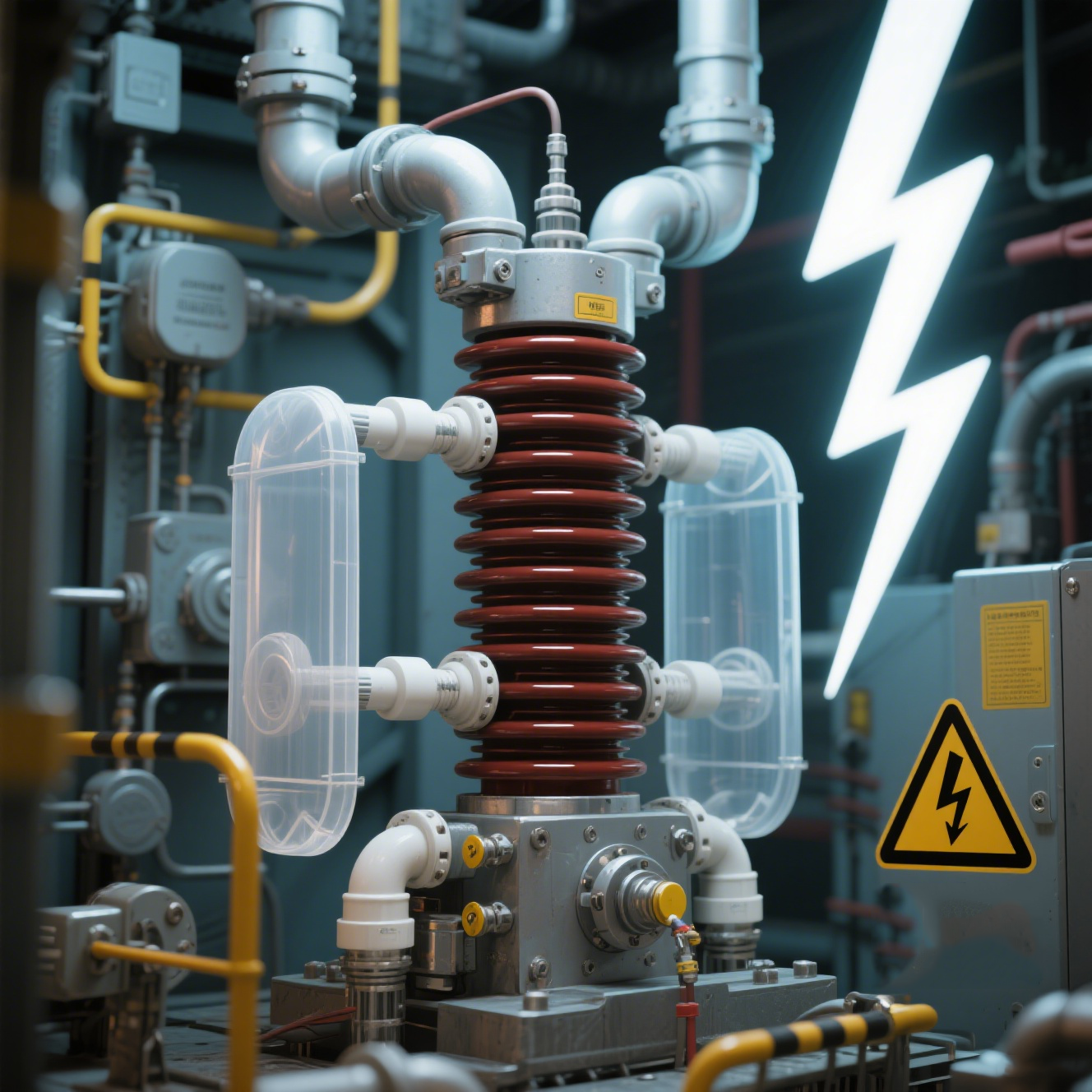
Applications of High Voltage Resistors in Power GenerationIntroductionIn the intricate realm of power generation, high voltage resistors play a crucial role. They are essential components that help in...
-
Types of High Voltage Resistors: Wirewound vs. Thick Film, Medical vs. Industrial Uses, and How to Select (2024 Guide)
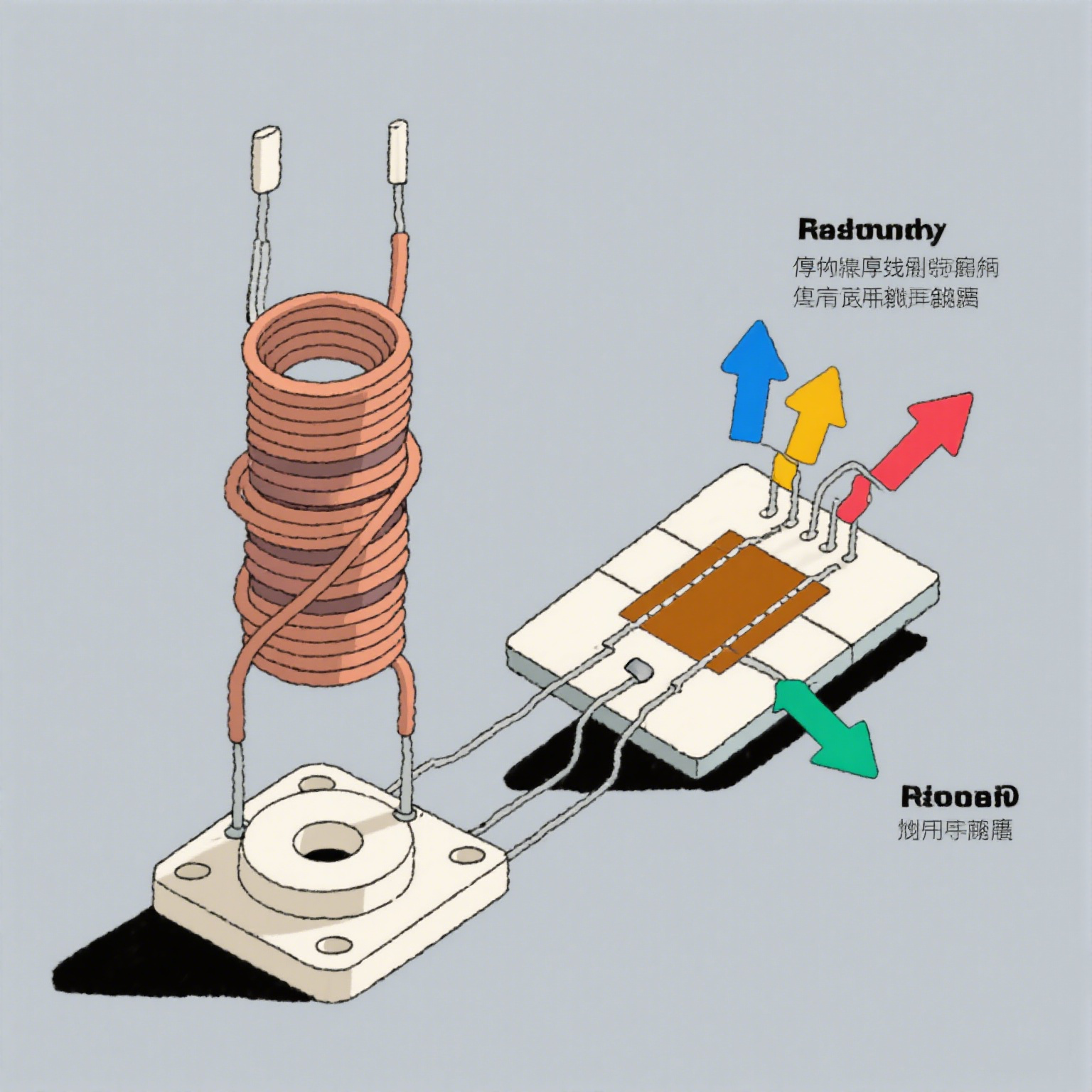
<!-- Introduction -->IntroductionHigh voltage resistors come in diverse types, each tailored for specific industrial, medical, or automotive applications. With advancements in materials like thick-fil...
-
High Voltage Resistors: Working Principle, Applications, Safety Tips & How to Choose the Right One

<!-- Introduction -->IntroductionHigh voltage resistors are critical components in circuits requiring precise voltage control under extreme electrical stress. Understanding their working principle, ap...
-
Professional High Voltage Thin Film MELF Resistors
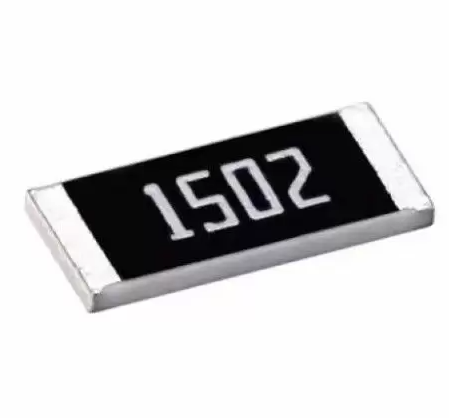
High Voltage resistor with the size from 0402 to 2512, resistance up to 100M ohm , offers Max overload to 4000V in 2512, 3000V in 2010.Thick Film special design to achieve high working voltage and sta...
-
Thick Film Chip Resistors, High Voltage
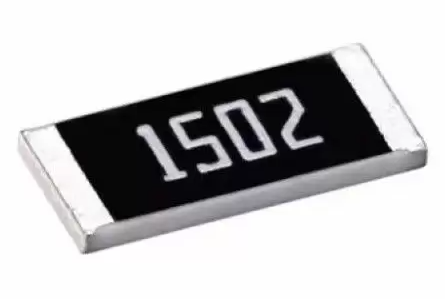
High Voltage Low VCR Thick Film Chip Resistor - HVRC SeriesDerating CurveHigh Voltage Low VCR resistor with the size from 1206 to 2512, resistance up to 500M ohm , offers Max overload to 4000V in 2512...
-
High Ohmic (up to 10 MΩ) / High Voltage (up to 3.5 kV) Metal Film Leaded Resistors

These metal film leaded resistors with high ohmic values (up to 10 MΩ) and high voltage ratings (up to 3.5 kV) possess excellent electrical characteristics. They are suitable for applications where p...
-
Precision Automotive High Voltage Thin Film MELF Resistors

Metal Film Precision High VoltageMELF Resistor (CSRP Series)500V-1000VCSRP±0.1%±0.25%±0.5%±1%0204 0207MELF High Voltage Resistor(CSRH Series)1500V-2500VCSRH±1 ±5%0207 0309ESD Surge ...
-
High Ohmic / High Voltage Metal Glaze Leaded Resistors

Thick Film High Voltage Chip ResistorUL Safety Certification3000VFVS±1%±5%0603 ~ 2512High Voltage Thick Film Chip Resistor10KV(10000V)HVR±1%±5%0402/0603/08051206/2010/2512Here is an overview of Hi...
-
Molded Thick Film Divider, High Voltage, High Precision, Surface-Mount
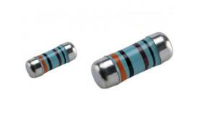
Metal Film Precision High Voltage MELF Resistor (CSRP Series)500V-1000VCSRP±0.1%±0.25%±0.5%±1%MELF High Voltage Resistor (CSRH Series)1500V-2500VCSRH±1% ...

